Tortoises, with their ancient lineage and gentle demeanor, make fascinating pets and deserve our utmost respect when handling them. Unlike more conventional pets, tortoises have specific needs and handling requirements that, when overlooked, can cause significant stress and potential health issues. Their evolutionary design hasn’t equipped them for frequent handling, making proper technique essential for both their physical safety and psychological well-being.
Whether you’re a new tortoise owner, considering adoption, or simply encounter these remarkable reptiles occasionally, understanding how to interact with them respectfully can ensure positive experiences for both you and these long-lived creatures.
Understanding Tortoise Psychology
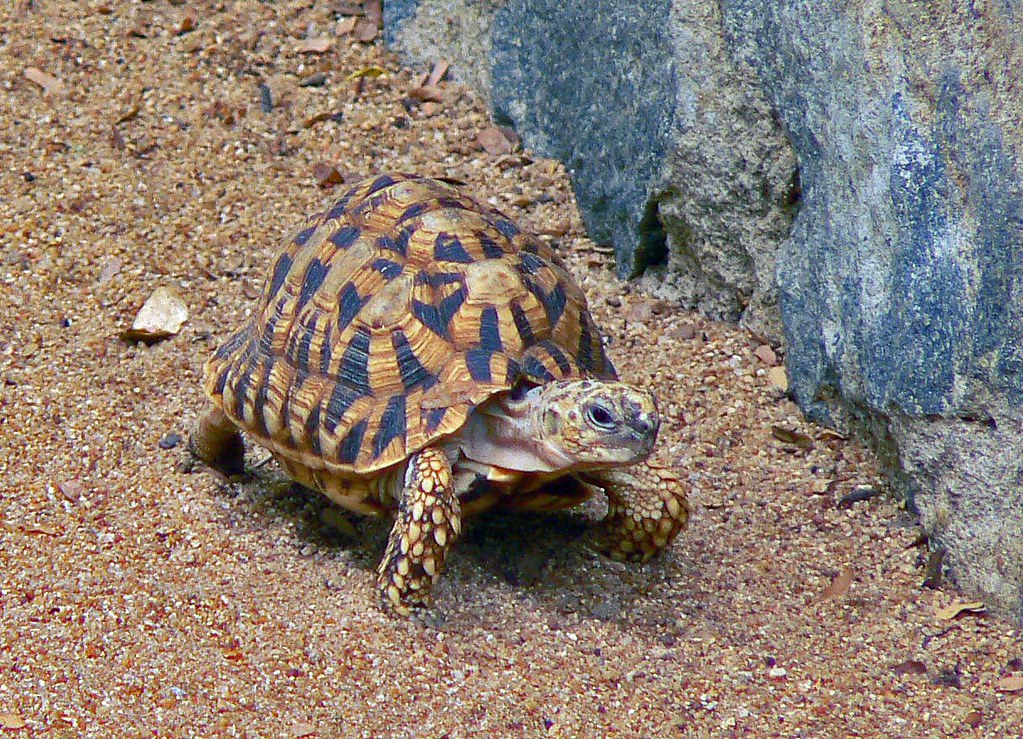
Tortoises are naturally wary creatures that have evolved defensive mechanisms against predators, including withdrawing into their shells when feeling threatened. Unlike social mammals, they don’t crave human interaction and may perceive handling as a predatory threat rather than affection. Their stress responses include struggling, urinating, defecating, or becoming completely immobile—signs that should never be ignored.
Understanding that tortoises experience the world differently than we do forms the foundation for respectful handling, as what feels harmless to us may trigger their instinctual fear responses. Recognizing these fundamental aspects of tortoise psychology will help you minimize stress during necessary handling situations.
When to Handle Your Tortoise
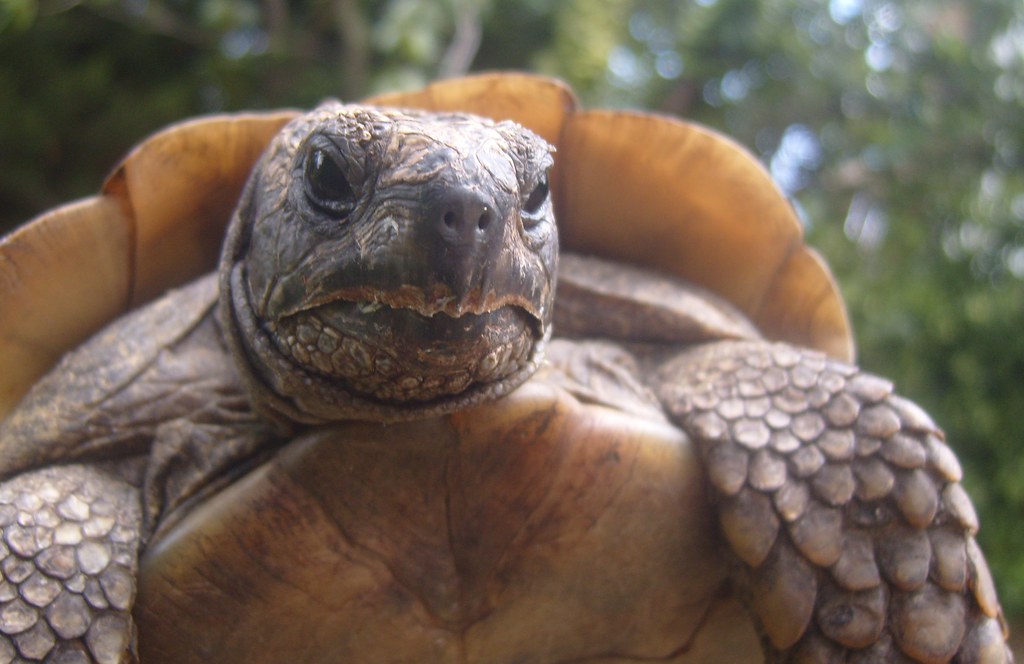
Handling should be limited to essential situations such as health checks, enclosure cleaning, or transportation to outdoor grazing areas. Resist the temptation to handle your tortoise for entertainment or to show off to friends, as unnecessary handling can cause significant stress. For newly acquired tortoises, minimize handling entirely during their adjustment period of several weeks to allow them to become comfortable in their new environment.
Some situations do warrant handling, such as checking for injuries, administering medication, or conducting shell examinations to ensure proper growth. Remember that each handling session should have a purpose that benefits the tortoise’s welfare rather than satisfying human curiosity.
Preparing for Safe Handling
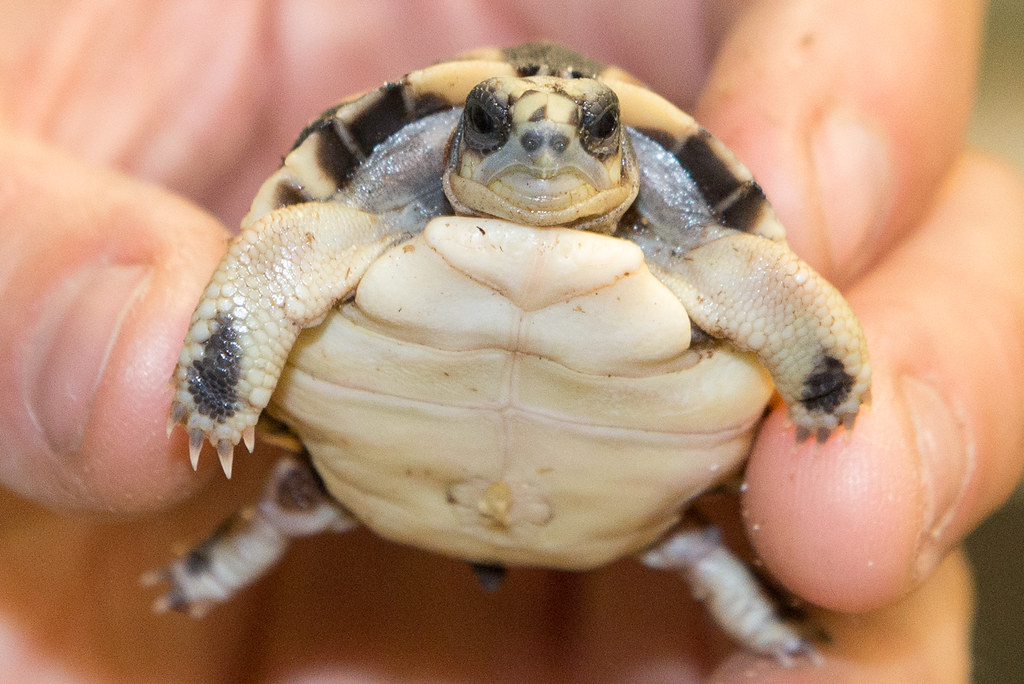
Before attempting to pick up your tortoise, wash your hands thoroughly with fragrance-free soap to remove any residues that might be harmful or confusing to the animal. Ensure your handling environment is quiet, calm, and free from potential stressors like loud noises, other pets, or unfamiliar people. Place a secure, non-slip surface beneath the area where you’ll examine your tortoise to prevent accidents if the tortoise struggles or is accidentally dropped.
Temperature considerations are crucial—ensure your hands aren’t cold, as this can be particularly startling and uncomfortable for these ectothermic animals. Additionally, remove any rings or jewelry that could scratch the tortoise’s shell or skin during handling.
Proper Hand Positioning Techniques

The safest way to lift a tortoise is by grasping the shell firmly but gently with both hands, supporting the entire body weight without squeezing. For smaller tortoises, place your dominant hand beneath the plastron (bottom shell) while your other hand gently secures the carapace (top shell) to prevent the tortoise from pushing off and potentially falling. Larger tortoises require a different approach—support their weight by placing one hand on each side of the shell, slightly behind the front legs and in front of the back legs where the shell is sturdiest.
Never lift a tortoise by its legs, head, or tail, as this can cause serious injuries to their joints and spine. Remember that a tortoise’s shell has nerve endings, so while it provides protection, rough handling can still cause discomfort or pain.
Size-Specific Handling Approaches
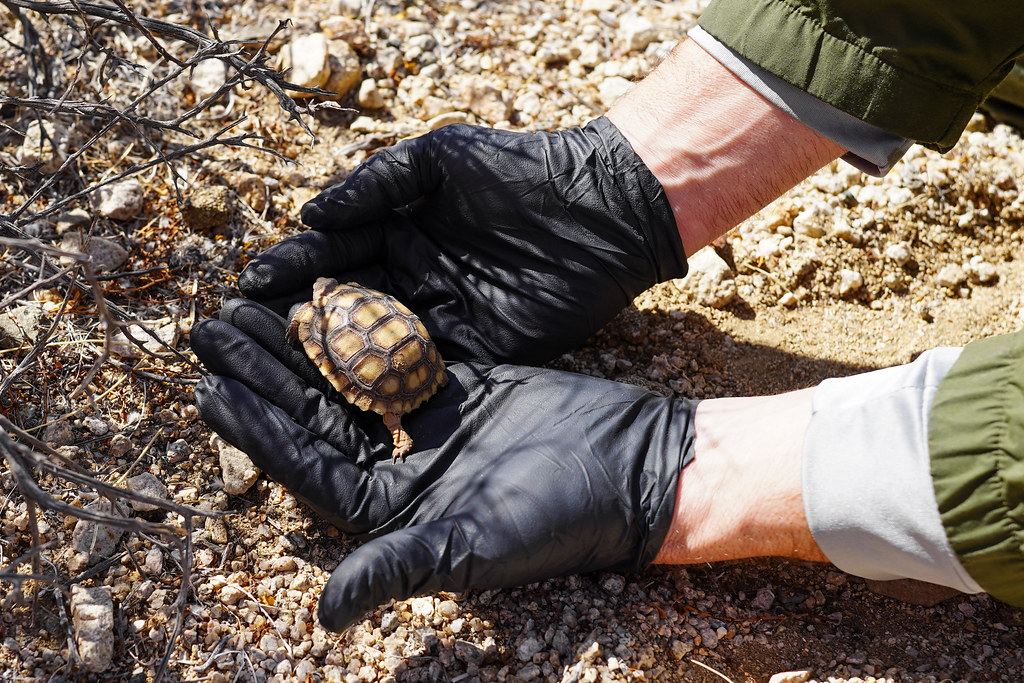
Baby tortoises require particularly delicate handling due to their still-developing shells and fragile bones. When necessary, scoop them up using a flat palm with minimal pressure, creating a secure platform rather than grasping them. Medium-sized tortoises can be handled with the standard two-hand support technique, ensuring you lift them no higher than necessary for the required task. Giant tortoise species like Sulcatas or Galapagos tortoises should ideally be guided rather than lifted when possible, using gentle pressure on the sides of their shells to direct movement.
If lifting is absolutely necessary for larger specimens, multiple handlers may be required, with clear coordination to ensure the tortoise remains level and fully supported. Always adapt your approach based on the specific size and weight of your tortoise, recognizing that handling requirements change dramatically as they grow.
Reading Tortoise Body Language
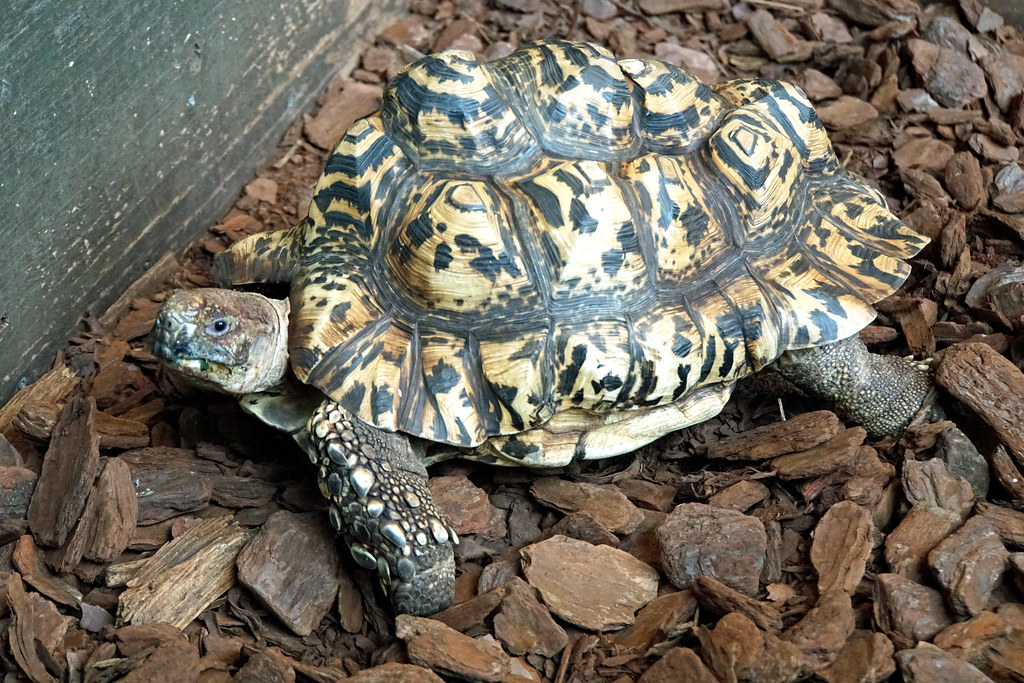
Successful handling depends on your ability to recognize signs of stress or discomfort in your tortoise. An unstressed tortoise will have relaxed limbs, may continue to look around curiously, and breathe at a normal rate. Signs of distress include rapid breathing, fully extended neck and limbs (attempting to escape), or conversely, complete withdrawal into the shell with a hissing sound as air is expelled.
Some tortoises may void their bladder when frightened, a defensive mechanism that can also lead to dehydration if it happens frequently. Head-bobbing or attempting to bite are clear indications that your tortoise feels threatened and handling should be minimized or stopped. Learning to recognize these subtle cues allows you to adjust your handling technique or duration before stress becomes severe.
Creating a Secure Handling Environment
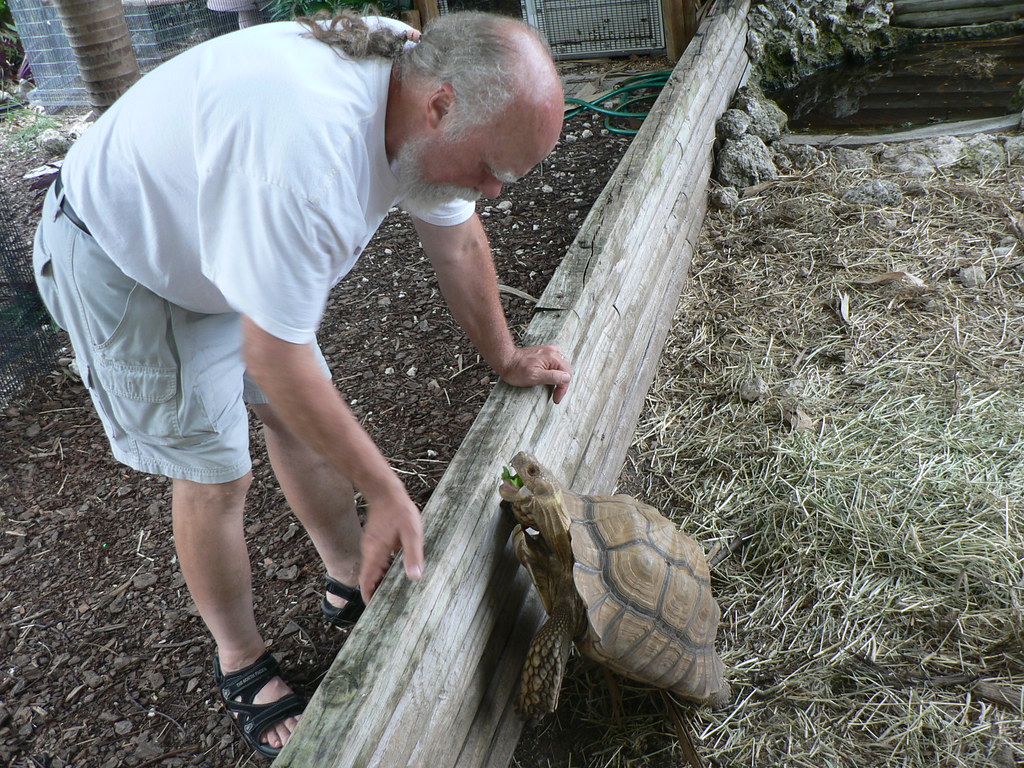
The location where you handle your tortoise significantly impacts their stress levels. Choose a quiet room away from household traffic, loud televisions, or curious pets that might appear threatening to your tortoise. Sit on the floor rather than standing while handling, minimizing the potential height of any accidental fall. Place a towel or rubber mat beneath the handling area to provide secure footing and cushioning.
Ensure the room temperature falls within your tortoise species’ preferred range, as sudden temperature changes can cause additional stress. Dim lighting can also help calm an anxious tortoise, as bright lights may trigger defensive behaviors in these naturally cautious animals.
Special Considerations for Different Species
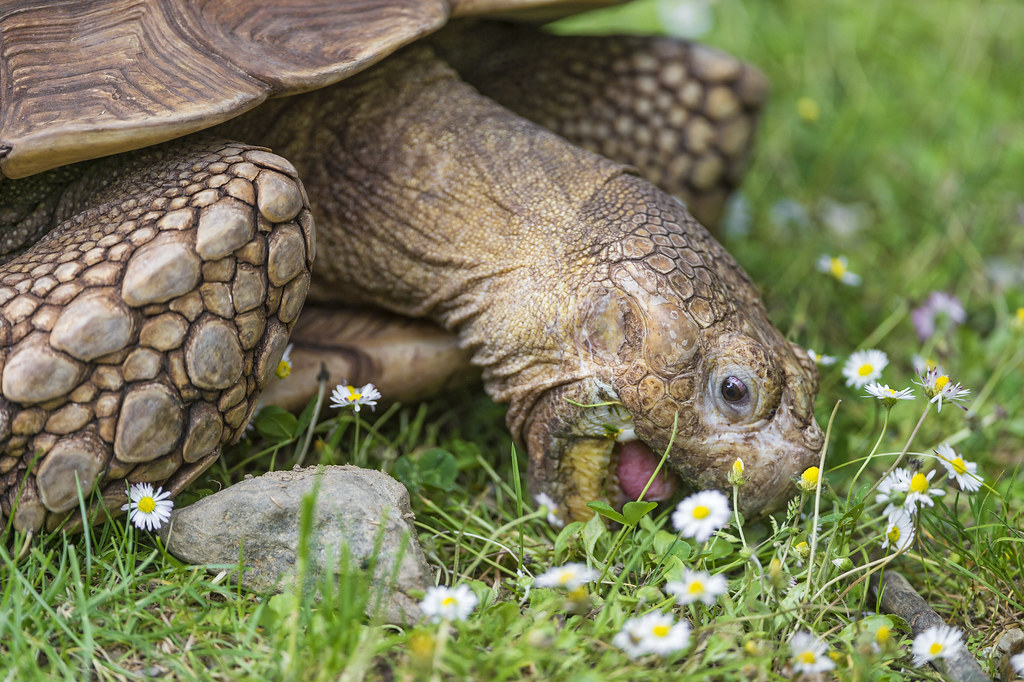
Different tortoise species have unique handling considerations based on their natural behaviors and physical characteristics. Desert species like Russian or Greek tortoises may be more defensive and quick to retract into their shells, requiring patient handling and gradual acclimation. Rainforest species such as Red-footed or Yellow-footed tortoises often have more docile temperaments but may be more sensitive to changes in humidity and temperature during handling sessions.
Aquatic species like box turtles require special attention to the orientation of their bodies, as they can become disoriented if held at unusual angles. Research your specific tortoise species’ natural behaviors and physical needs before handling, as techniques that work for one species may stress another. Additionally, recognize that individual tortoises within the same species may have different tolerance levels for handling based on their unique personalities and past experiences.
Minimizing Handling Duration
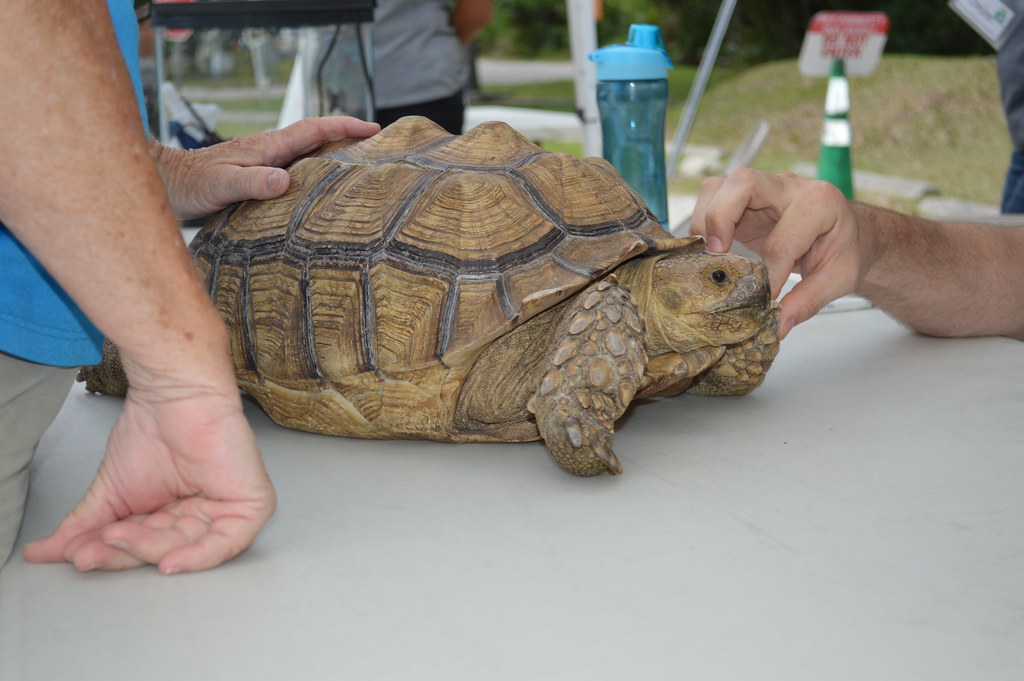
Even with perfect technique, extended handling periods create unnecessary stress for tortoises. Limit handling sessions to no more than 5-10 minutes whenever possible, focusing on efficiently completing the necessary task. For health examinations or shell cleaning that require longer handling, consider breaking the process into shorter sessions with rest periods in between. Monitor your tortoise’s behavior throughout the handling process, being prepared to return them to their enclosure immediately if signs of severe stress appear.
Remember that tortoises are not naturally equipped for prolonged periods outside their normal environment, and extended handling can disrupt their thermoregulation and sense of security. When introducing children to tortoise handling, be particularly vigilant about enforcing time limits, as their enthusiasm may overshadow the tortoise’s needs.
Post-Handling Care Practices
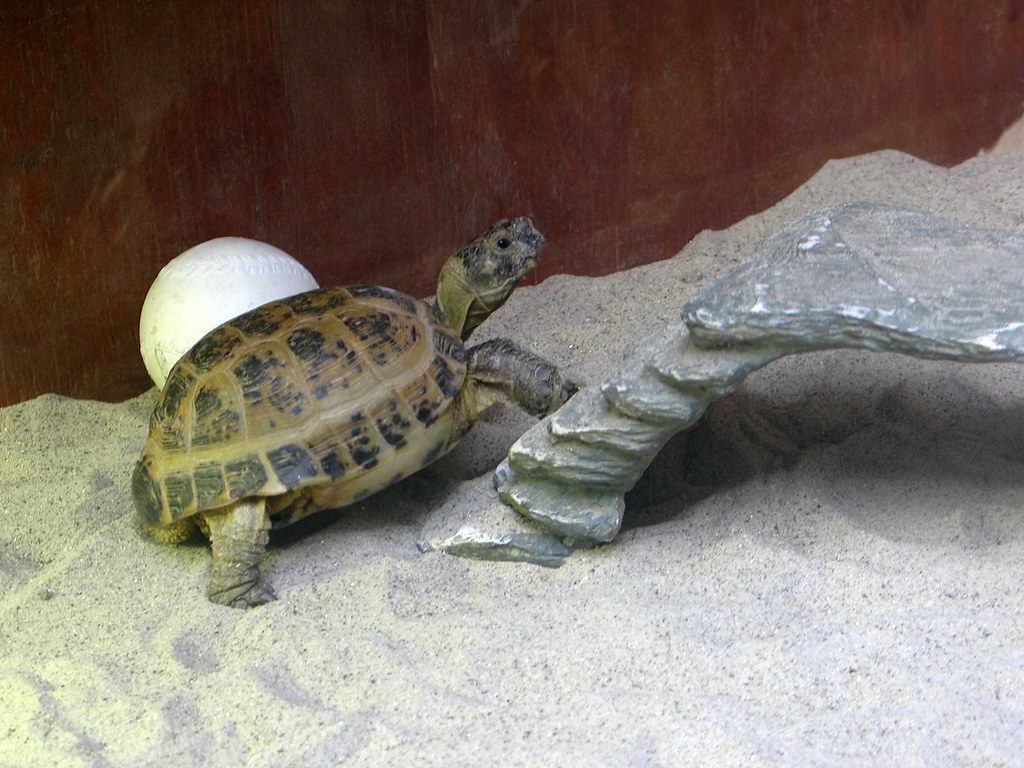
After handling your tortoise, gently return them to their enclosure, placing them in a familiar area rather than a random spot. Observe your tortoise for several minutes following handling to ensure they return to normal behavior patterns, such as exploring, basking, or eating. Some tortoises may benefit from having a favorite food item offered after handling as positive reinforcement, helping them form neutral or positive associations with the experience. Avoid further disturbances to the enclosure for several hours, allowing your tortoise to fully re-acclimate and recover from any stress. If your tortoise showed signs of significant distress during handling, consider making notes about what may have triggered the reaction so you can modify your approach in the future. Consistent post-handling routines help tortoises develop predictability in their interactions with humans.
Health Checks During Handling

While handling your tortoise, use the opportunity to perform a quick health assessment, looking for any concerning changes. Examine the shell for abnormal growth patterns, soft spots, or discoloration that might indicate nutritional deficiencies or shell rot. Check the eyes, nostrils, and mouth for discharge or abnormal coloration that could signal respiratory infections. Gently feel the limbs and tail for swelling, injuries, or unusual bumps that warrant veterinary attention.
Observe the quality of the skin, particularly around the neck and legs, looking for signs of dehydration like wrinkled or flaky skin. These brief health scans during necessary handling can help detect potential problems early, potentially saving your tortoise from more serious health complications that would require more extensive and stressful veterinary interventions.
Training Tortoises for Handling Tolerance
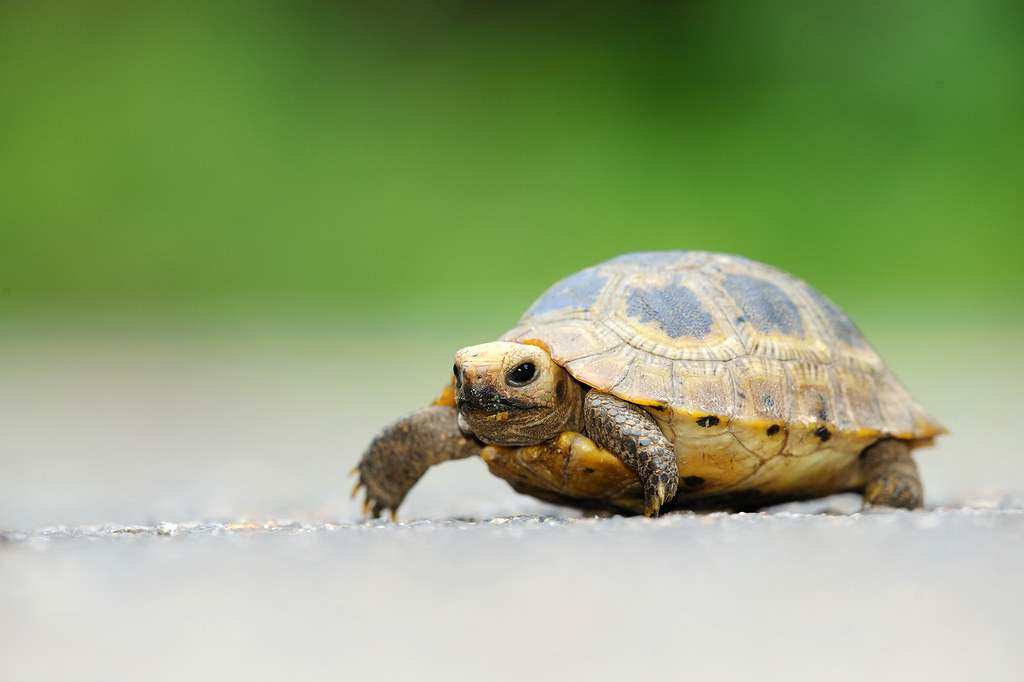
While tortoises aren’t naturally inclined to enjoy handling, some individuals can become more tolerant through positive conditioning. Begin by simply placing your hand in the enclosure during feeding times, allowing your tortoise to associate your presence with positive experiences. Gradually progress to gentle shell touches while offering favorite foods, creating positive associations with brief contact. For particularly nervous tortoises, try placing a small towel over their shell before lifting them, as the darkness can have a calming effect similar to their hiding places. Consistency in your approach is crucial—use the same lifting technique, speak in the same gentle tone, and handle at similar times of day to build predictability. Remember that training doesn’t mean your tortoise will ever enjoy being handled, but rather that they may learn to tolerate necessary handling with less stress.
When to Avoid Handling Completely
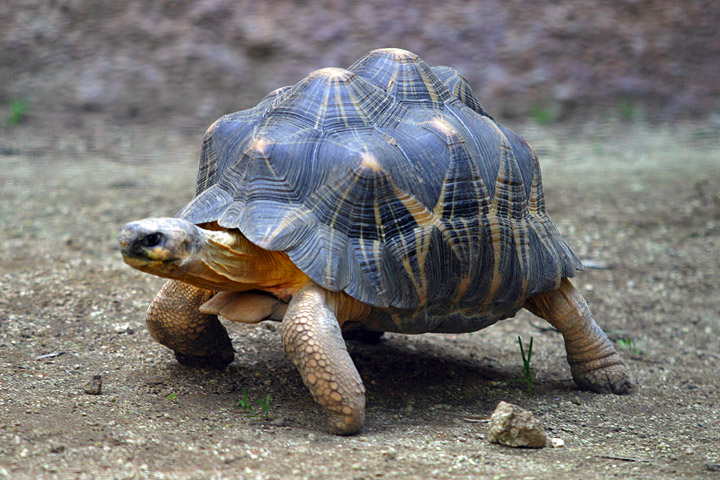
Certain situations warrant completely avoiding handling your tortoise, prioritizing their welfare over convenience. Recently acquired tortoises should have minimal handling for at least the first month as they adjust to their new environment and build trust. Avoid handling during brumation (hibernation) periods, as disturbing your tortoise during this natural dormancy state can cause dangerous disruptions to their metabolism and energy conservation.
Tortoises that are ill, injured, or recovering from veterinary procedures should only be handled when absolutely necessary for treatment, as the added stress can impede healing processes. Female tortoises preparing to lay eggs should never be disturbed, as stress during this critical time can lead to egg binding, a potentially fatal condition. Learning to recognize these sensitive periods in your tortoise’s life cycle allows you to make responsible decisions about when handling would cause more harm than good.
Educating Others About Proper Handling
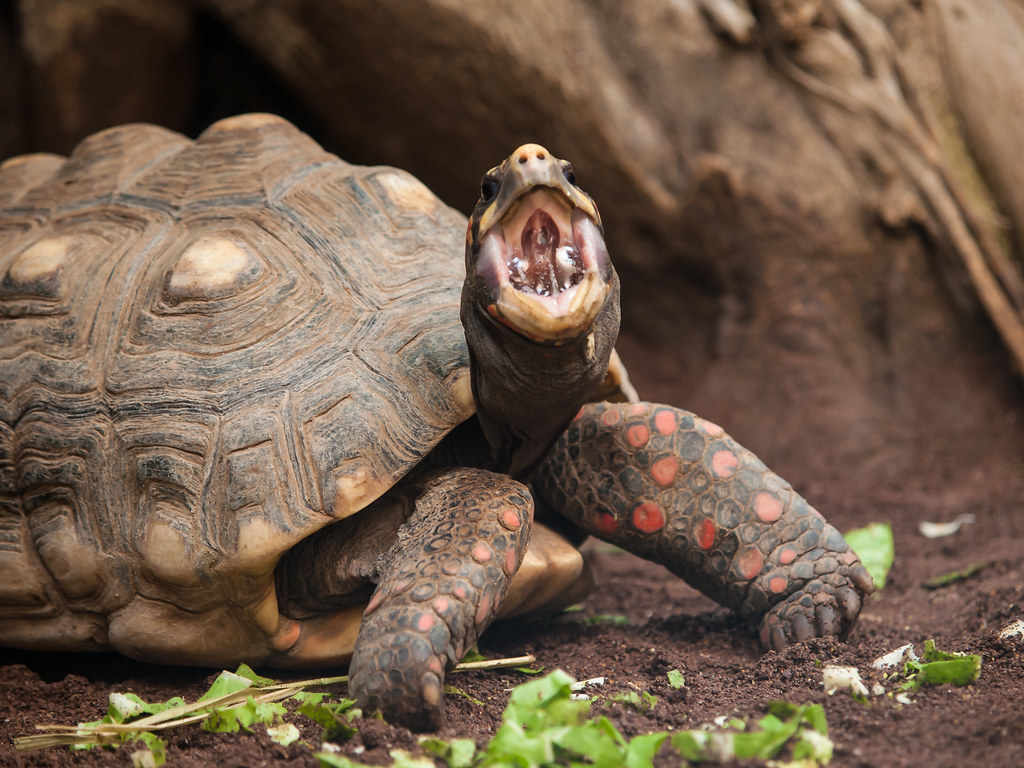
As a tortoise keeper, you’ll likely encounter situations where others want to interact with your unique pet. Take time to educate family members, especially children, about proper handling techniques before allowing them to touch or hold your tortoise. Create clear rules about handling permissions, supervision requirements, and appropriate behavior around the tortoise. For visitors, consider whether handling is necessary at all—often, observing the tortoise in its habitat provides a better educational experience than stressful handling.
When multiple people will be handling the tortoise, designate yourself as the “tortoise advocate,” monitoring the animal’s stress signals and being prepared to end the interaction if needed. By spreading knowledge about respectful tortoise handling, you not only protect your own pet but contribute to better understanding of these animals’ needs in the broader community.
Handling a tortoise requires a delicate balance between human curiosity and reptilian wellbeing. By approaching these ancient creatures with respect for their natural behaviors and biological needs, we can minimize the stress associated with necessary handling. Remember that the goal isn’t to transform your tortoise into a cuddly pet that enjoys being held, but rather to develop techniques that make occasional handling as comfortable as possible for them.
With patience, observation, and consistent application of proper handling methods, you can build a relationship with your tortoise based on respect rather than disruption. This thoughtful approach not only enhances your tortoise’s quality of life but also deepens your appreciation for these remarkable survivors whose evolutionary journey began millions of years before humans walked the Earth.

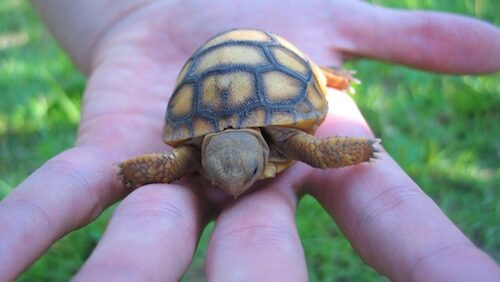


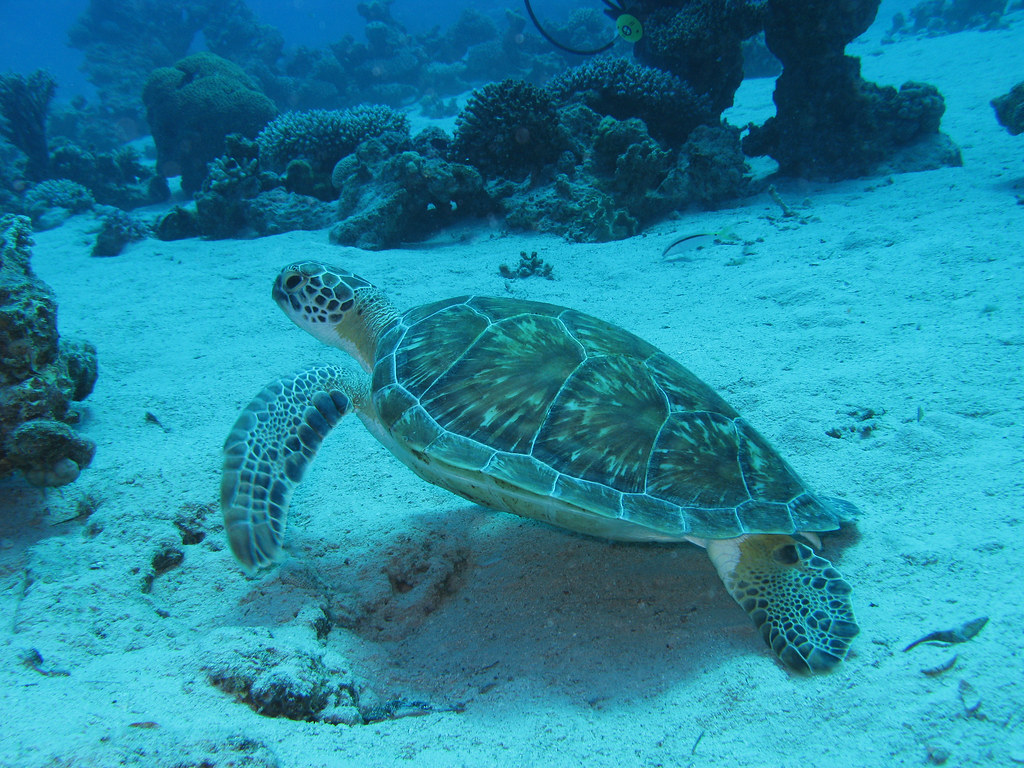
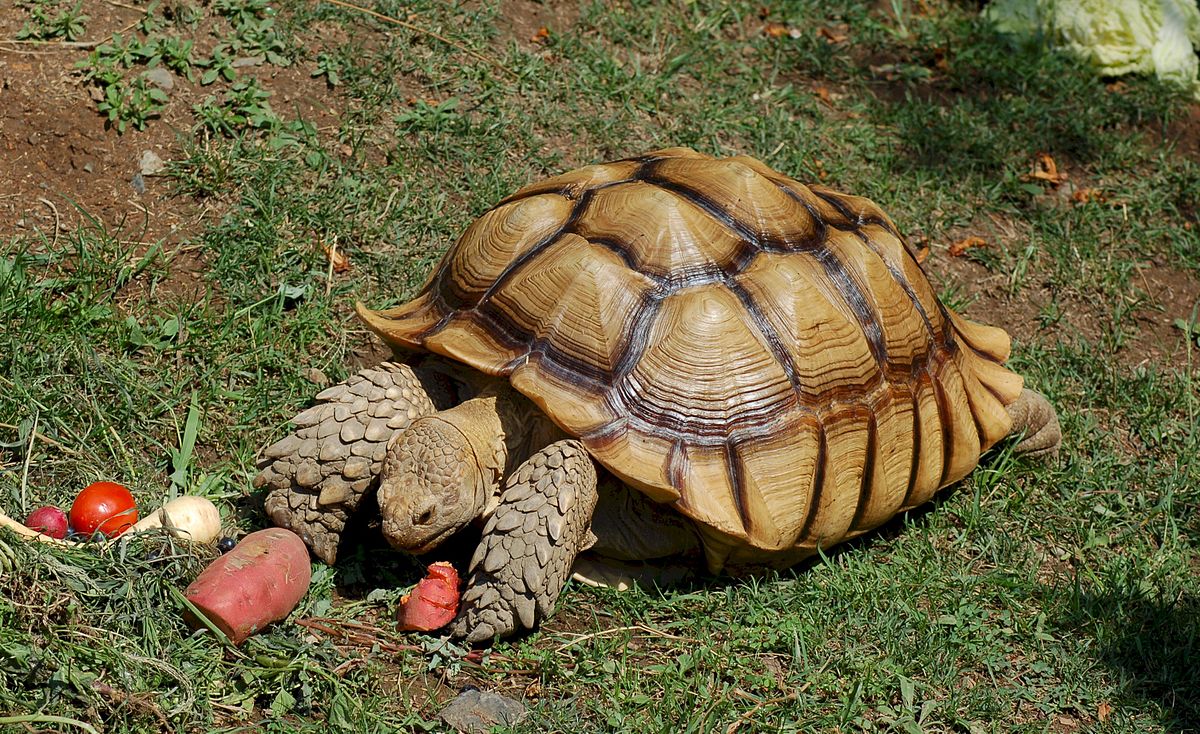
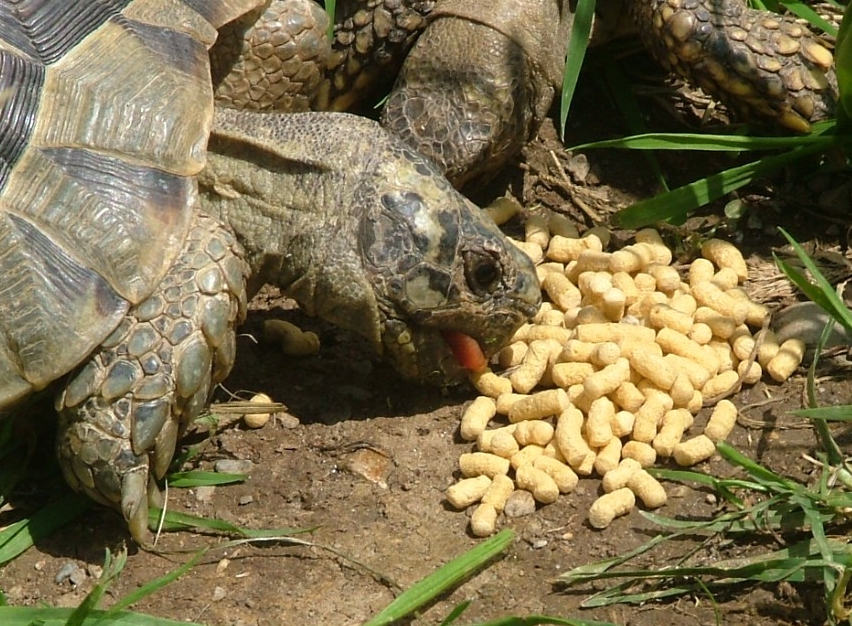
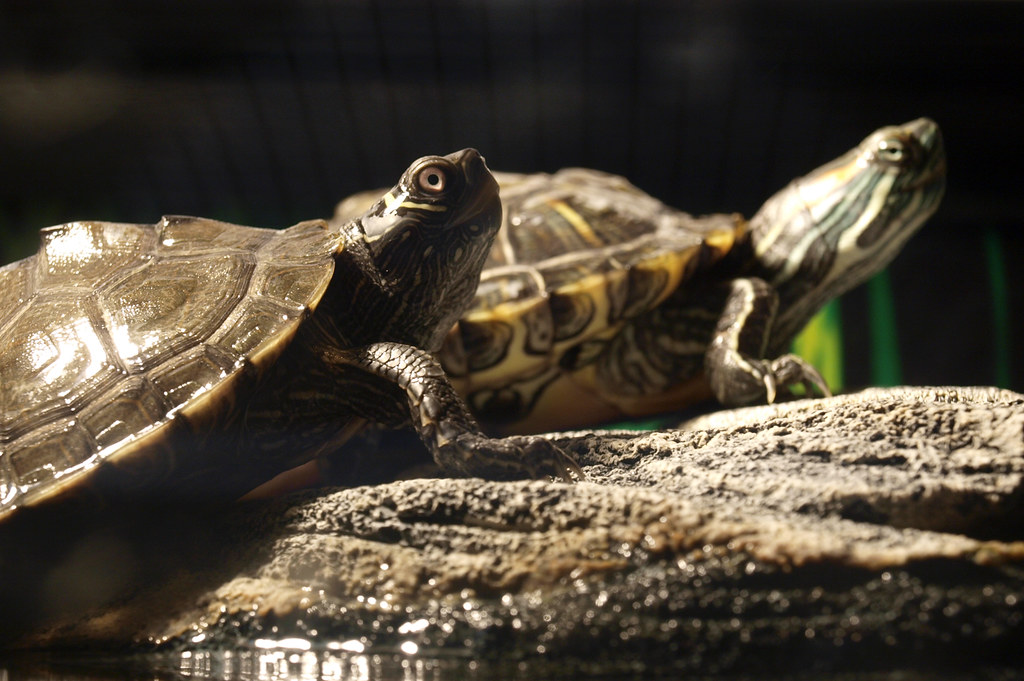

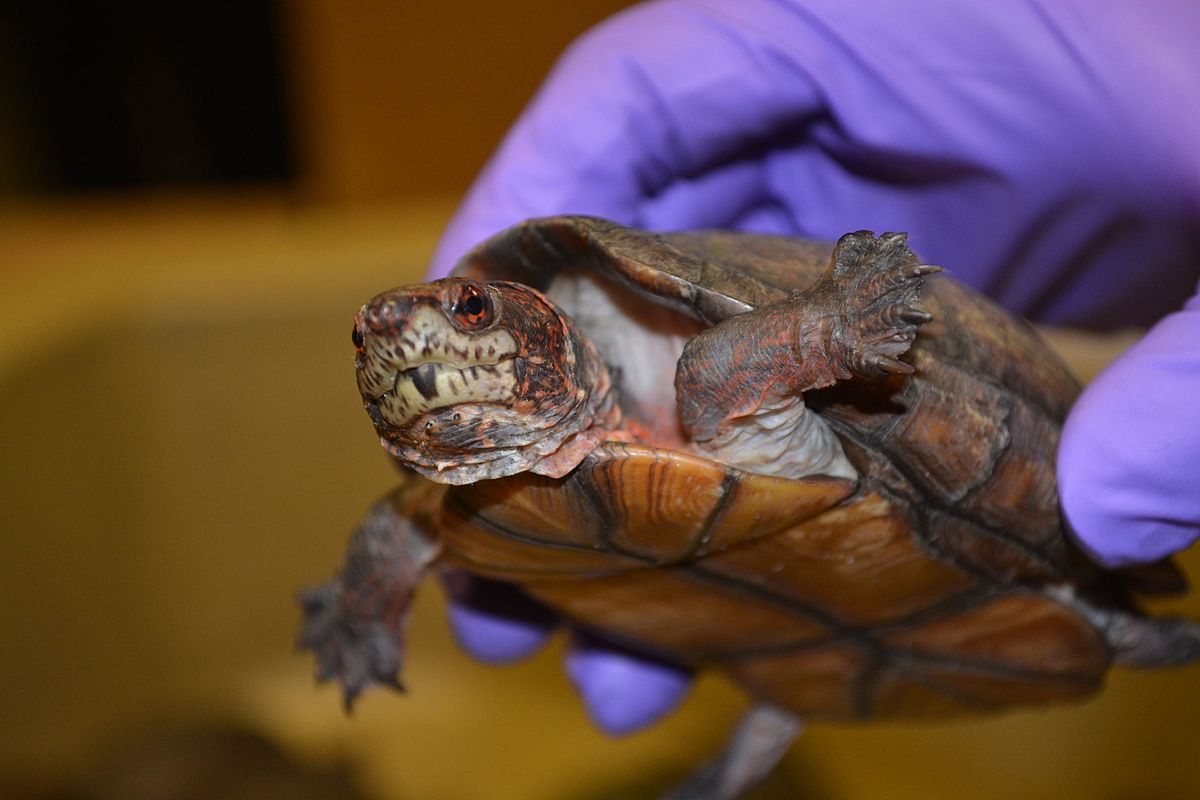

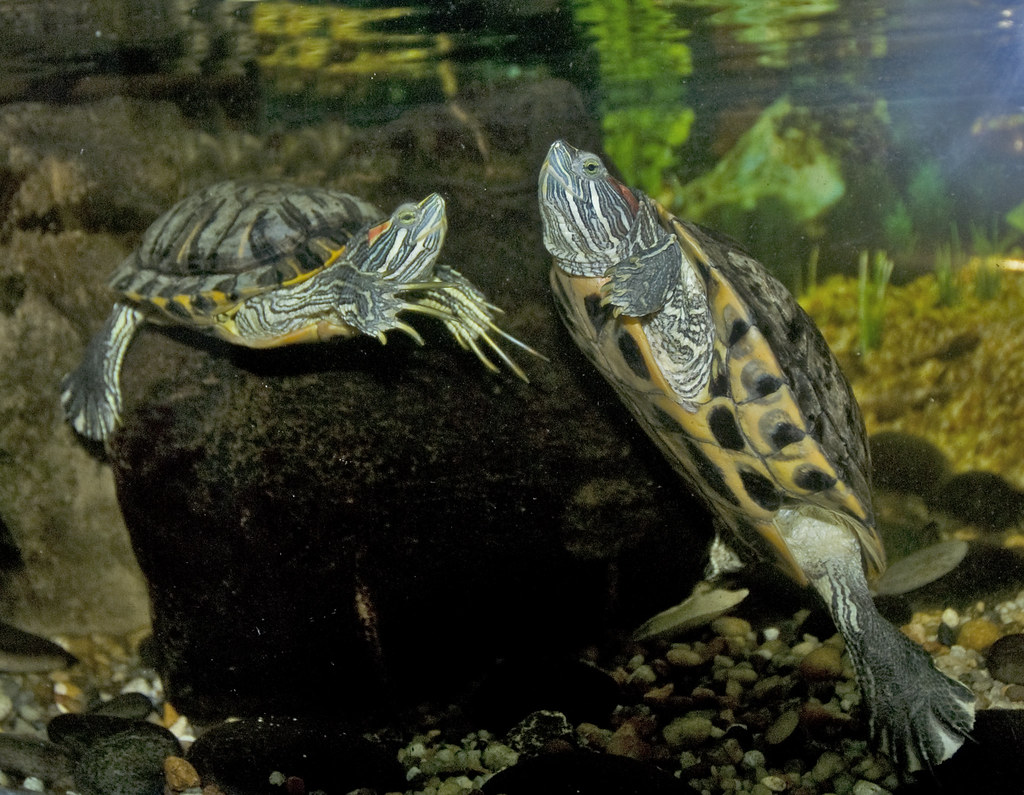




Leave a Reply